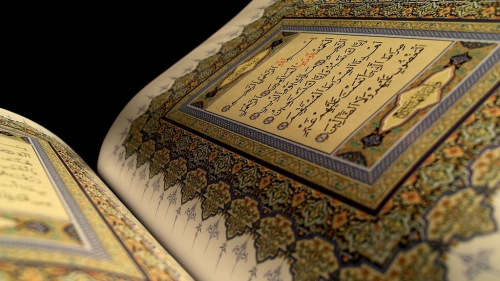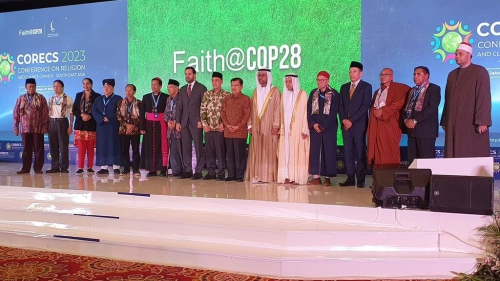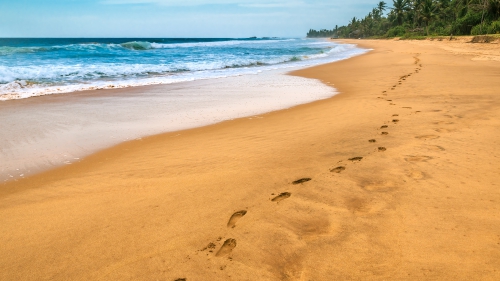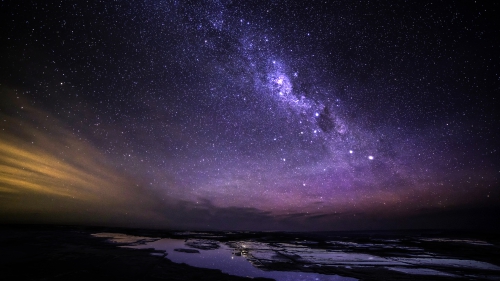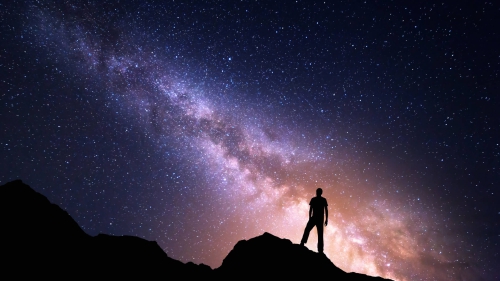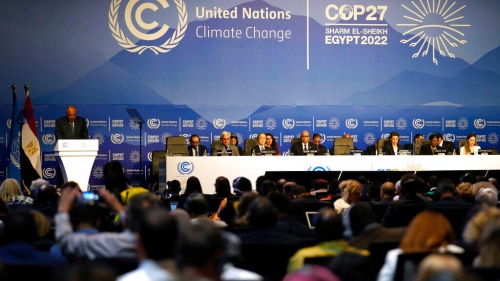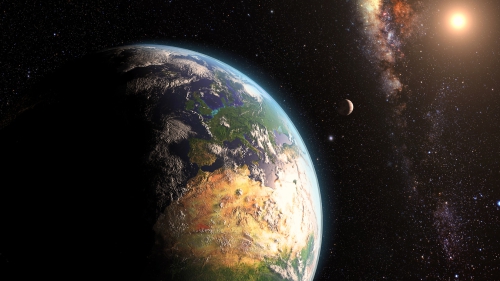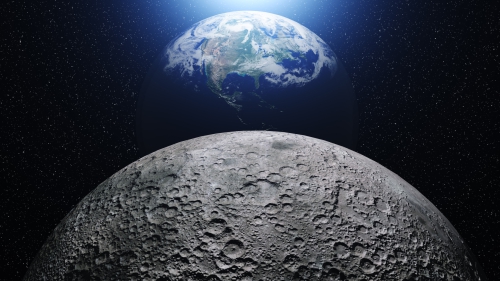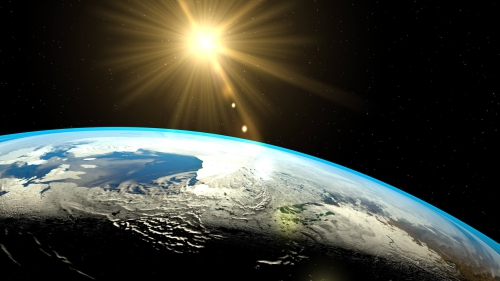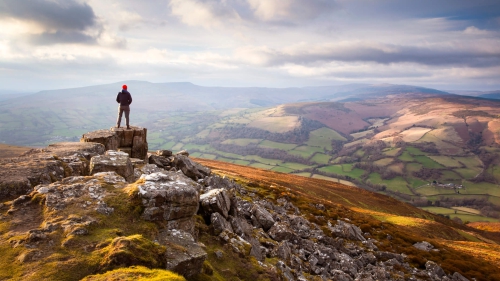A Flight Over Erupting Icelandic Volcano
A mesmerizing flight over the Icelandic Volcano Fagradalsfjall in the Geldingadalir valley that shows the sheer power of this volcano. Iceland's latest volcano has captivated the world, now you can explore it yourself.
Iceland’s Ongoing Eruption Could Last Years or Decades
It’s been three months since the eruption in Geldingadalir, Iceland began and experts say it could be years or even decades until it is over. If it does indeed last for decades, lava could reach the nearby town of Grindavík as well as Svartsengi power station. The eruption’s slow and steady flow could eventually form what’s known as a shield volcano: a broad and gently-sloping mountain of which Iceland has some fine examples.
“If we look at what would be the most extreme picture, that if this eruption lasts for 50 years, then we are creating another Skjaldbreiður mountain,” Volcanologist Þorvaldur Þorðarson told RÚV. Skjaldbreiður is a 1,060 metre high shield volcano located in West Iceland that was formed by a long eruption some 9,000 years ago. “If we place Skjaldbreiður directly on top of [the current eruption at] Fagradalsfjall, then it is easy to draw a radius around it and see what a large area the lava could cover and it’s a fairly large area.”
Though it may not be affected by the eruption for decades (if ever), protective structures are already being designed for the nearby town of Grindavík in case lava from the eruption begins flowing toward it. Authorities experimented at the eruption site by creating earthen barriers to direct the lava. Though lava eventually collected high enough to flow over the barriers, it did not breach them, proving the effectiveness of the design.
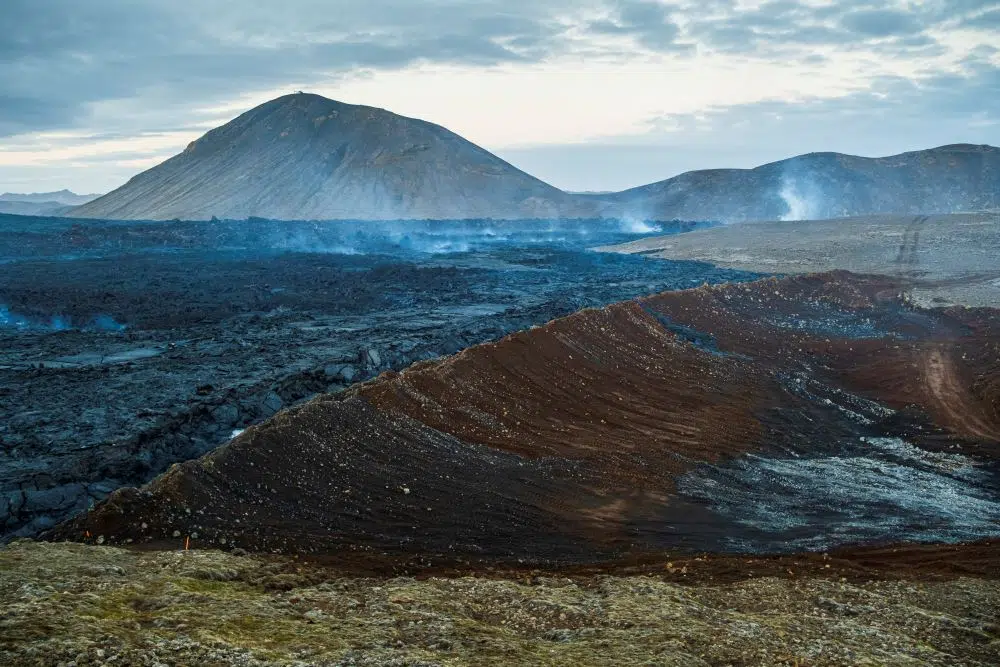
Eruption Marks Beginning of Active Period
Iceland is located on a rift between the North American and Eurasian tectonic plates, and the rift cuts across the Reykjanes peninsula from west to east. As the plates move apart they create tension in the earth’s crust that is released in the form of earthquakes or – more rarely – eruptions. Geologic activity on the peninsula is characterised by volcanic periods lasting 400-500 years alternating with seismic periods lasting 600-800 years. The ongoing eruption is the first in the region in nearly 800 years, indicating that it marks the end of a seismic period and the beginning of a period of volcanic activity.
Another factor makes the Geldingadalir eruption special. While in most eruptions the source of the magma is a chamber relatively close to the earth’s surface, the magma feeding the Geldingadalir eruption is coming straight from the earth’s mantle. It’s been around 7,000 years since such an eruption has occurred on the Reykjanes peninsula.
( Source: Article text from Iceland Review | Video by Joey Helms )
Topics: Iceland, Nature And Environment, Volcano
Views: 1106
Related Suggestions






